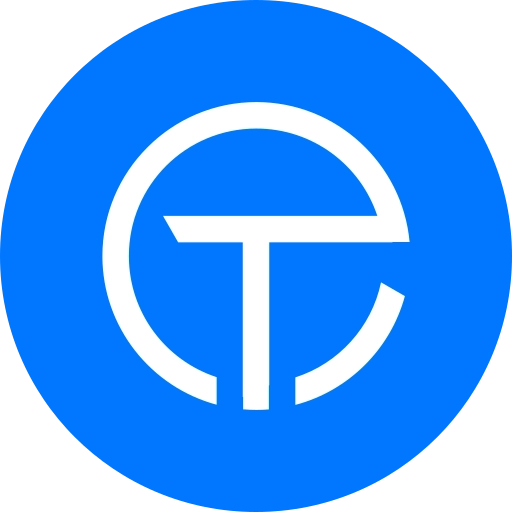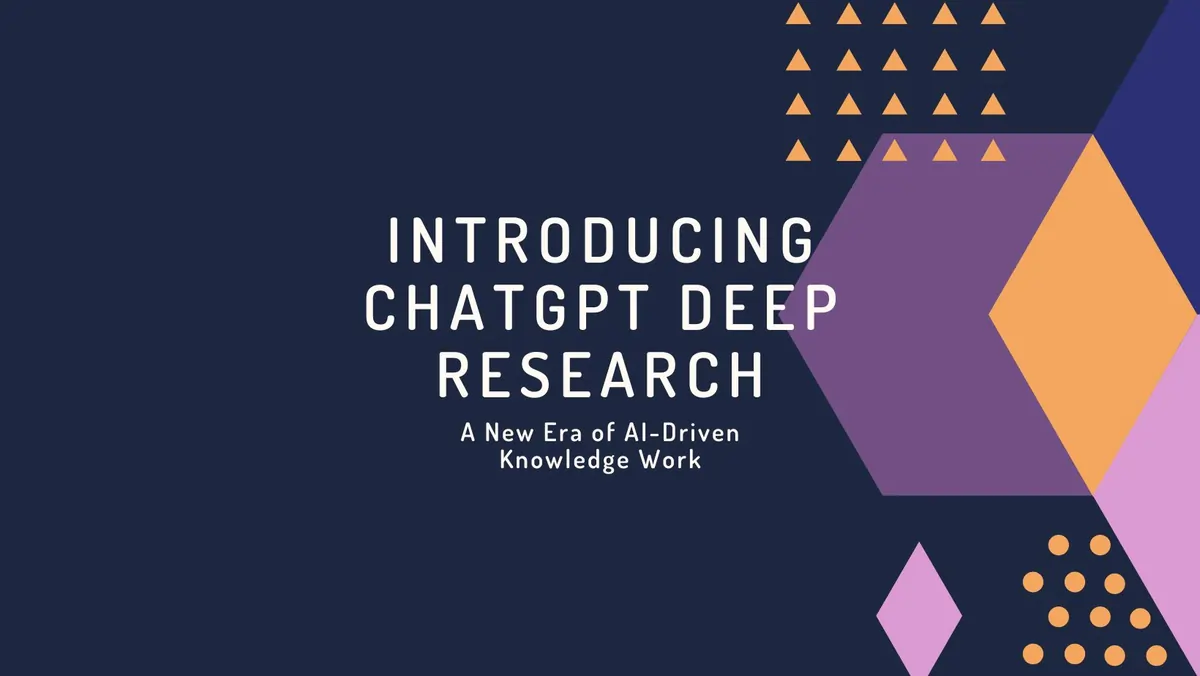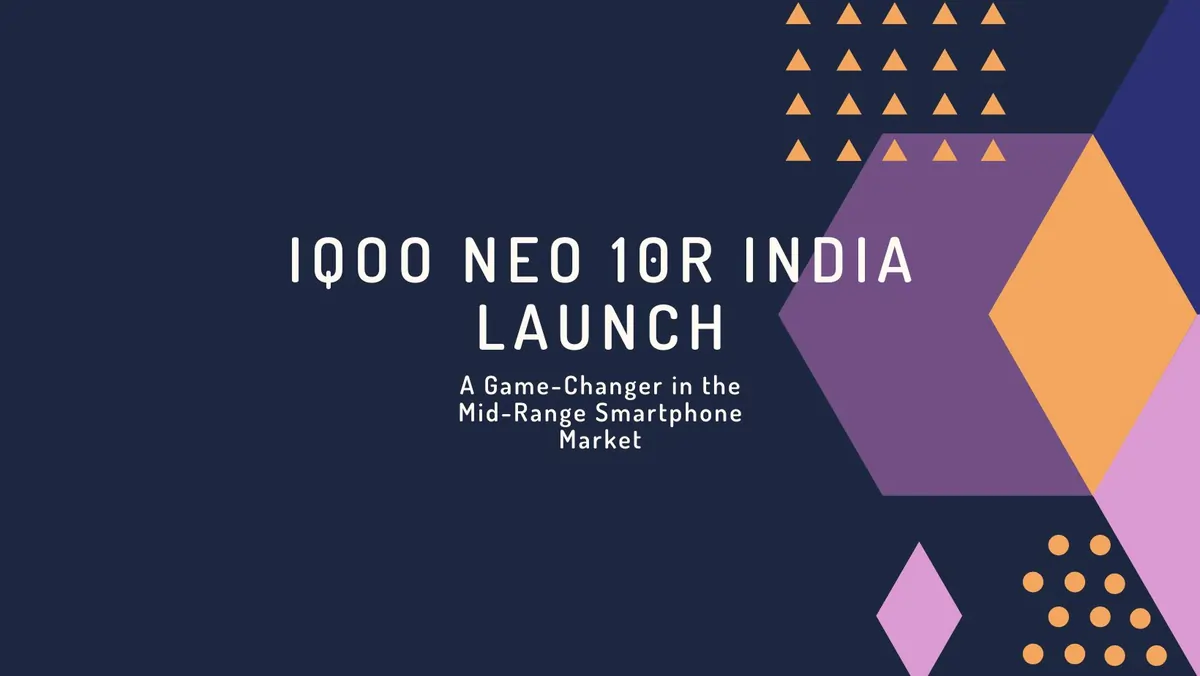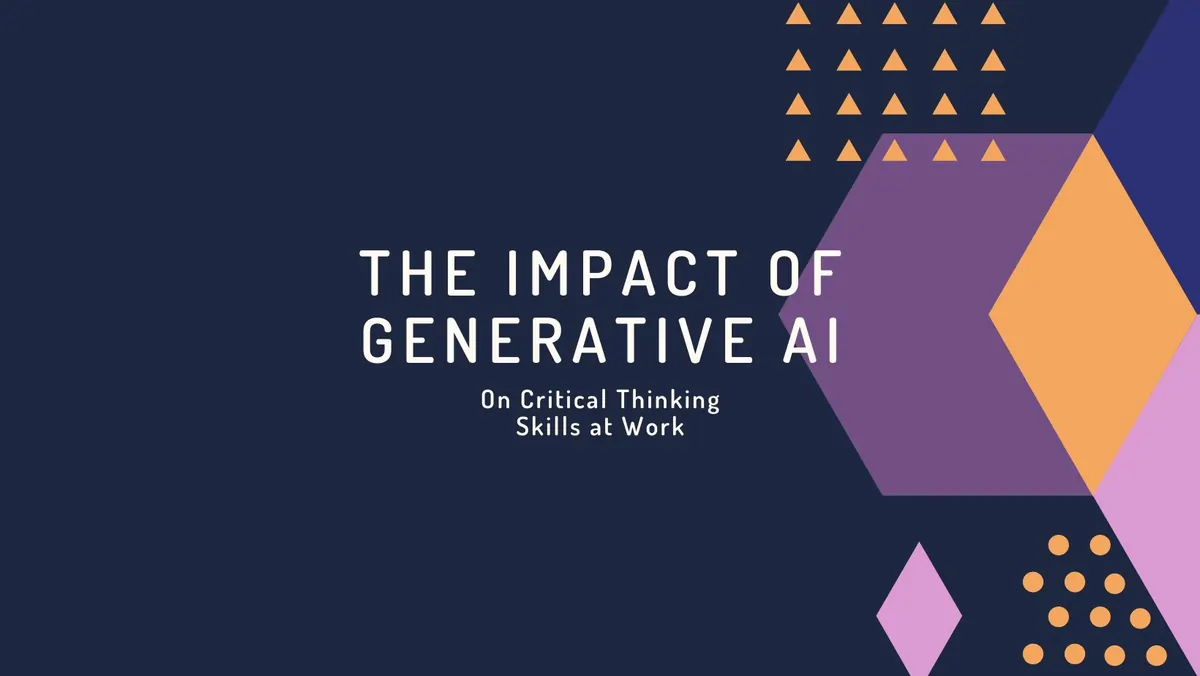In the fast-paced world of information and technology, having access to reliable and comprehensive research tools is more crucial than ever. OpenAI has unveiled its latest innovation, ChatGPT Deep Research, designed to revolutionize the way professionals conduct in-depth research across various fields. Whether you're in finance, science, policy, or engineering, this tool promises to enhance your research capabilities with precision and thoroughness.
What is ChatGPT Deep Research?
ChatGPT Deep Research is an advanced feature integrated into OpenAI's AI-powered chatbot platform, ChatGPT. Unlike standard chatbot interactions that provide quick answers or summaries, Deep Research is tailored for meticulous exploration of information from multiple sources. It's ideal for users who require detailed analysis and cross-referencing for complex queries.
Key Features of ChatGPT Deep Research
Target Audience: Aimed at professionals in knowledge-intensive fields such as finance, science, policy, and engineering.
Availability: Initially available to ChatGPT Pro users with a limit of 100 queries per month. Plans to expand to Plus and Team users are underway.
Geo-targeted Launch: Currently not available for users in the U.K., Switzerland, and the European Economic Area.
Integration and Functionality: Web-only experience with upcoming mobile and desktop app integration. Allows file and spreadsheet attachments for comprehensive analysis.
How Does It Work?
To utilize ChatGPT Deep Research, simply select “deep research” in the composer interface and input your query. The tool leverages OpenAI’s o3 reasoning model, optimized for web browsing and data analysis. The output is generated within 5 to 30 minutes and includes fully cited documentation for easy reference.
Enhancements on the Horizon
OpenAI plans to introduce features like embedded images, data visualizations, and connections to specialized data sources, including subscription-based content and internal resources.
Addressing Accuracy and Reliability
The AI landscape is fraught with challenges such as hallucinations and errors. OpenAI addresses these concerns by employing a special version of its o3 model, which uses reinforcement learning to improve accuracy. This model has shown promising results in tests like Humanity's Last Exam, achieving higher accuracy than other leading models.
Potential Limitations
While ChatGPT Deep Research provides well-cited outputs, it may still encounter issues like distinguishing authoritative information from rumors or making formatting errors. Users are encouraged to verify information before relying on it for critical decisions.
Conclusion
ChatGPT Deep Research promises a significant leap forward in AI-driven research capabilities. As OpenAI continues to refine this tool, it could become an indispensable asset for professionals seeking comprehensive and reliable insights. However, as with any AI tool, users must approach its outputs with a critical eye to ensure accuracy and relevance.
Reference Links:





Comments